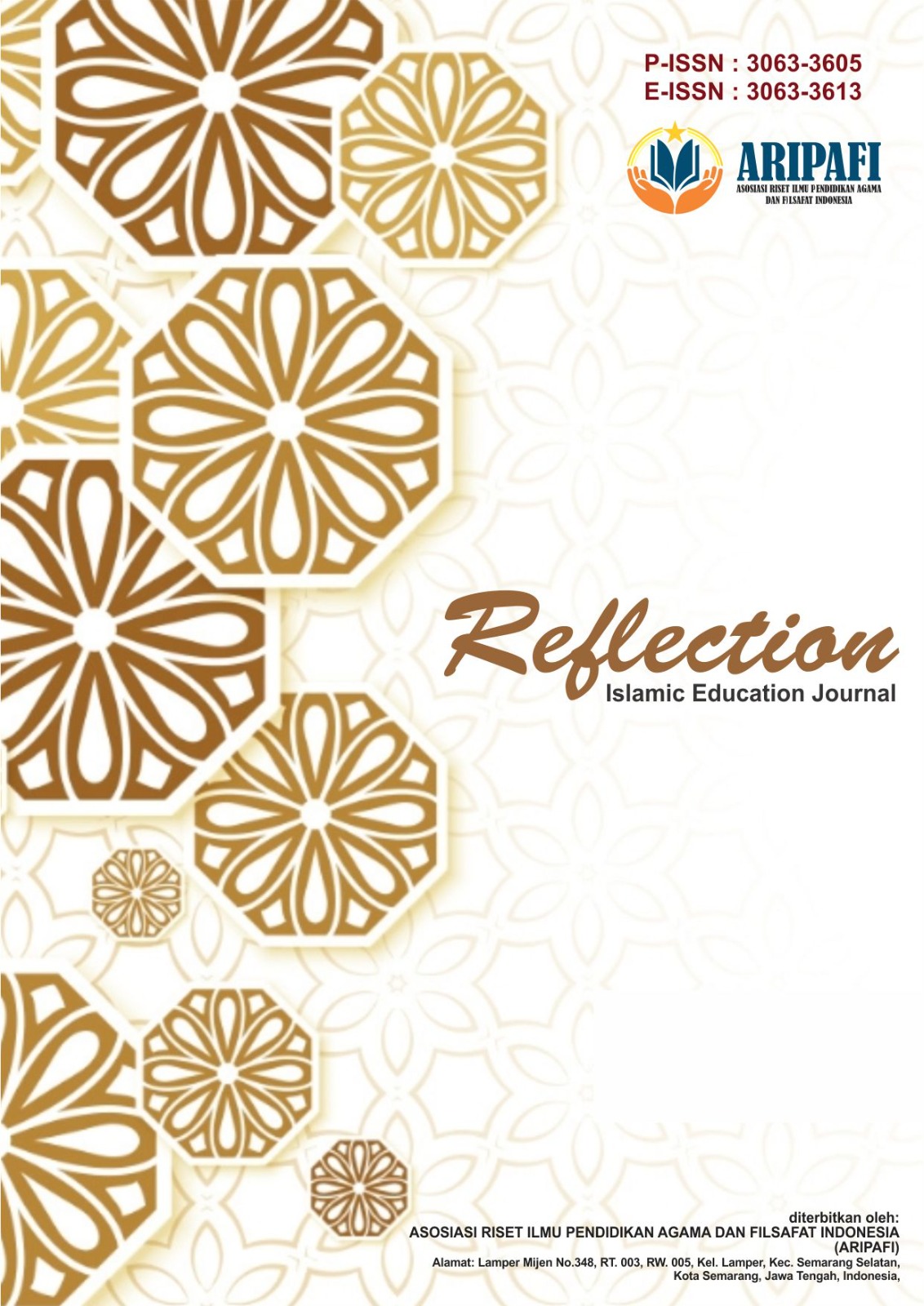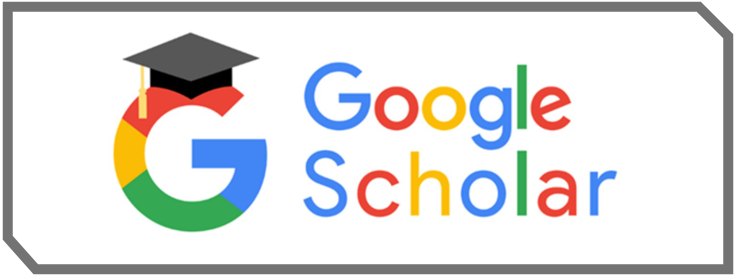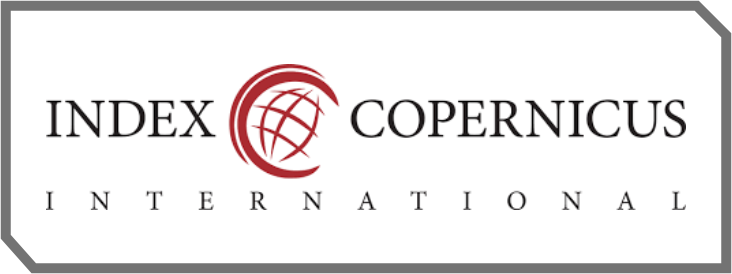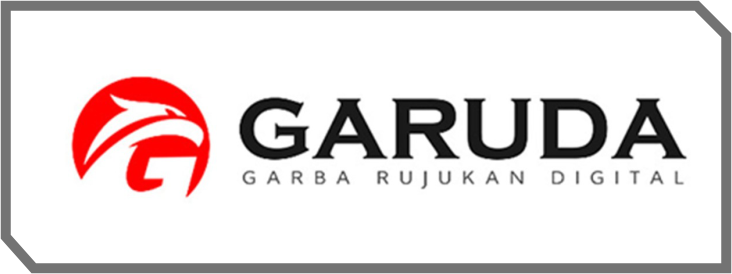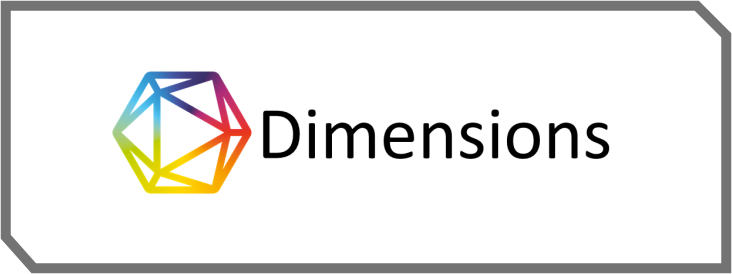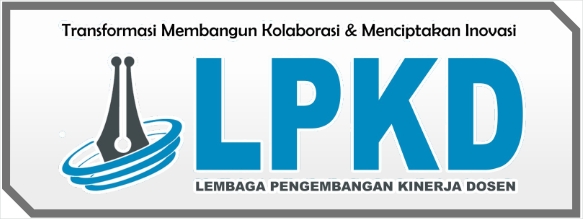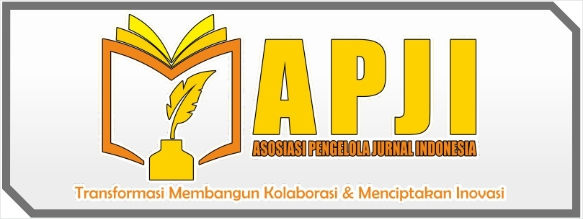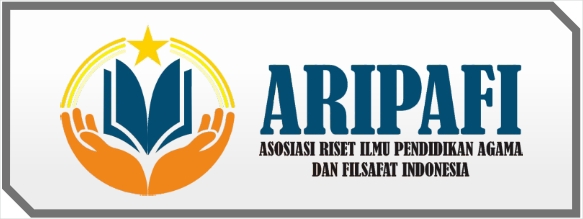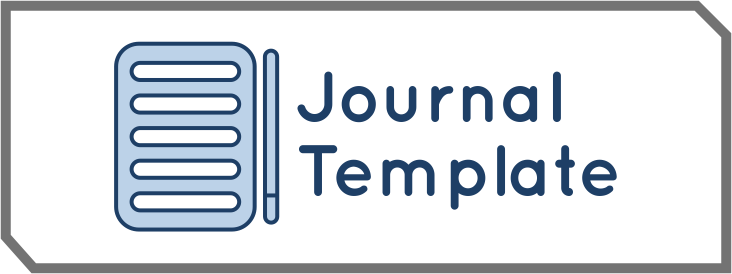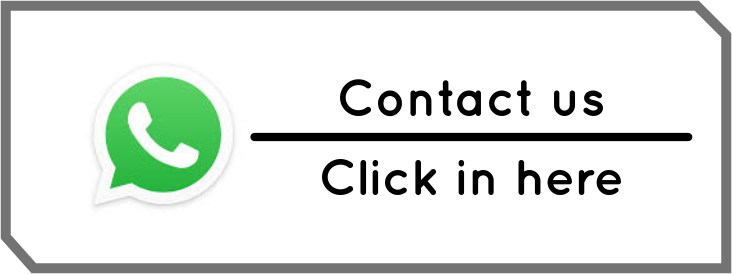Mengembangkan materi pendidikan interaktif
DOI:
https://doi.org/10.61132/reflection.v1i3.20Keywords:
teaching materials, interactive teaching materials, benefitsAbstract
Interactive teaching materials are learning materials that are presented in an interactive form between students and technological systems such as software, applications or websites. Interactive teaching materials are different from conventional teaching materials which are only printed materials or audio-visual materials because they have the ability to interact with students and can be accessed online or offline. The aim of creating interactive educational materials is to improve the quality of the teaching and learning process to be more effective and efficient. Interactive educational materials can help educators manage learning, increase student engagement, and improve learning outcomes. Apart from that, interactive educational materials can also help students increase learning motivation, increase access to information, and improve their ability to communicate with educators. The benefits of using interactive teaching materials for educators are improved classroom management, increased student engagement, and improved learning outcomes. For students, interactive educational materials can improve critical thinking skills and increase the ability to adapt to technological changes. The use of interactive educational materials can also improve communication with educators and increase access to broader and specific information. Interactive teaching materials have great potential in improving the quality of the teaching and learning process and increasing students' abilities in many aspects. Therefore, interactive teaching materials must be an integral part of an effective and efficient learning strategy.
References
Arsyad, Azhar. 2010. Media Pembelajaran, Jakarta: Rajawali Pers Asnawir dan Basyirudin Usman. 2002. Media Pembelajaran Jakarta: Ciputat Press
Bloom, Benjamin S. 1956. ‘Taxonomy of Educational Objectives. Vol. 1: Cognitive Domain’, New York: McKay.
Daryanto. 2013. Media Pembelajaran, Yogjakarta : Gava Media.
Gerlach dan Ely. 1971. Teaching & Media: A Systematic Approach. Second Edition, by V.S. Gerlach & D.P. Ely, 1980, Boston, MA: Allyn and Bacon. Copyright 1980 by Pearson Education
Hidayati, Ani Nur. 2017. Implementasi Kurikulum 2013 Revisi 2017 Pada Pendidikan Agama Islam. (Online). (https://bdksemarang.kemenag.go.id/i
Andi Prastowo. 2011. Panduan Kreatif Membuat Bahan Ajar Inovatif Menciptakan Metode Pembelajaran yang Menarik dan Menyenangkan. Jogjakarta: Diva Press.
AR, Syamsuddin dan Vismaia Damaianti. 2015. Metode penelitian pendidikan bahasa. Bandung: Rosdakarya. Herman J Waluyo.
Deepublish. 2020. “Langkah-langkah penyusunan bahan ajar”. https://penerbit deepublish.com/langkah-penyusunan-bahan-ajar/. Diakses pada tanggal 15 Juli 2021
Firaina, Radha. 2019. Pengembangan Bahan Ajar Fisika Validitas Reliabilitas, Praktikalitas, dan Efektivitas Bahan Ajar Non Cetak. Universitas Negeri Padang: Program Pascasarjana, Pendidikan Fisika
Malalina, Kesumawati. 2013. Pengembangan Bahan Ajar Interaktif Berbasis Komputer Pokok Bahasan Lingkaran Untuk Kelas VIII Sekolah Menengah Pertama. Jurnal Pendidikan Matematika Volume 7 No.2 Juli 2013
Smaldino, Sharon E, dkk (2012). Instructional Technology & Media For Learning.Pearson Education. Inc.

